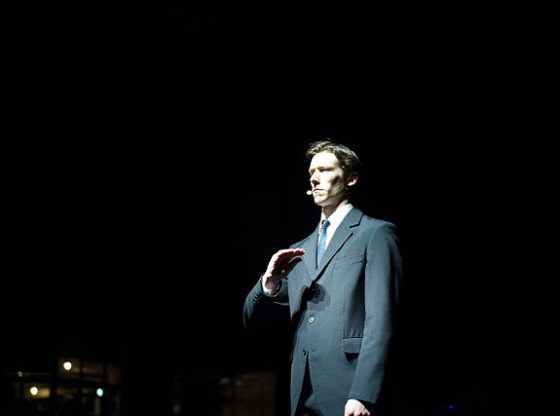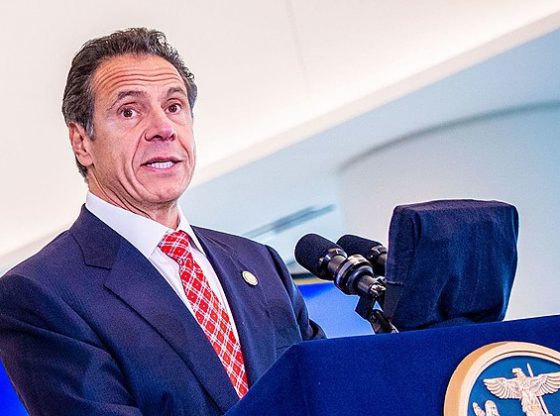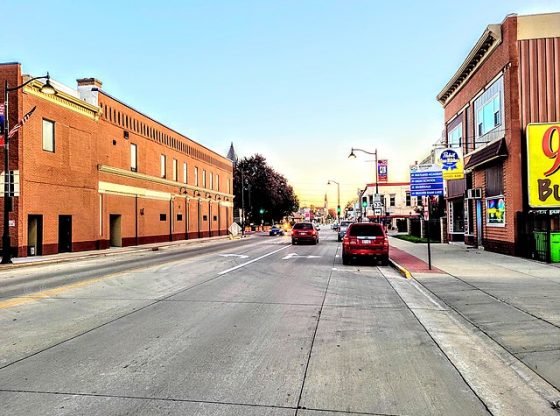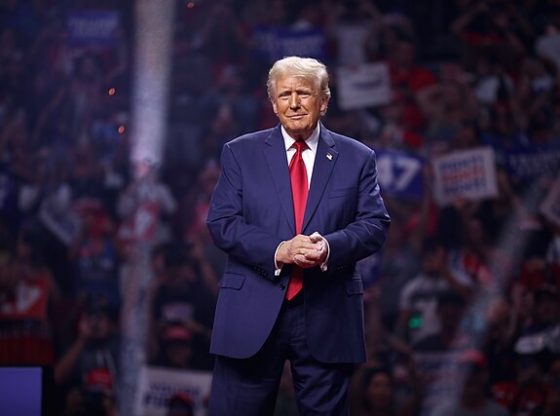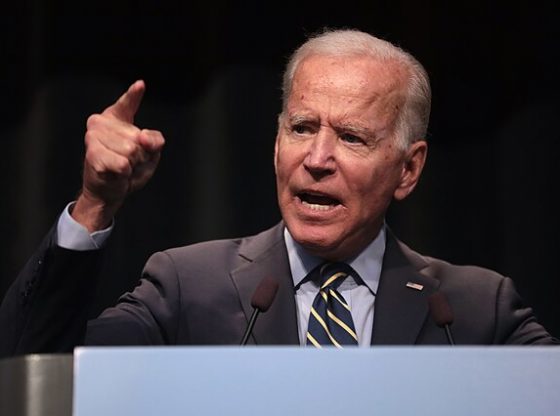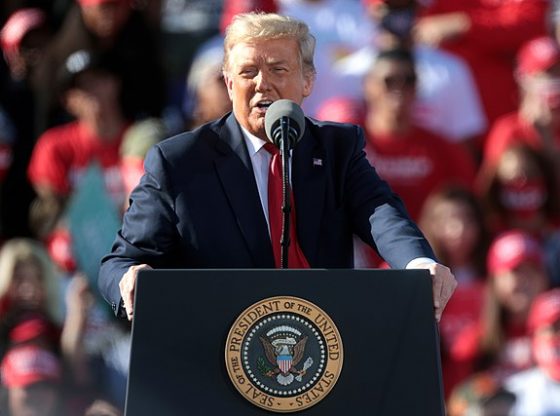The Biden administration is spending big to support a bullet train linking Las Vegas and southern California that may have some of the same issues that have troubled similar high-speed rail projects elsewhere in the U.S.
The Brightline West high-speed rail line has received $3 billion from the federal government to support the 218-mile-long railway connecting Las Vegas, Nevada, to Rancho Cucamonga, California, as part of President Joe Biden’s broader effort to spur development of a nationwide high-speed rail system. The project may face serious troubles once completed thanks in part to the anticipated high cost of its round trip tickets and geographical factors, according to the Los Angeles Times.
Brightline executives foresee a true bullet train route, with trains capable of reaching speeds up to 200 miles per hour becoming operational ahead of the 2028 Olympics in Los Angeles, according to the LA Times. The whole project is expected to cost approximately $12 billion, and it has also benefited from $3.5 billion in tax-exempt bonds to supplement the $3 billion of help from the federal government.
Dreaming of a future where your journey to the Super Bowl starts with us. We can’t wait to bring you closer to the action. Stay tuned for the exciting ride ahead! 🌟🚅 #BrightlineWest #HighSpeedRailpic.twitter.com/Ez8CJEjbq8
— Brightline West (@BrightlineWest) February 8, 2024
“Our goal is that this is the train that primes the pump,” Wes Edens, the billionaire founder and chairman of Brightline, told the LA Times. “Once you have proof of this one, many more will follow.”
Round-trip tickets for Brightline West could end up costing about $400 if the line is to be profitable, according to the LA Times. Travel between the two locales by car is far less expensive, and round-trip flights from Las Vegas to Ontario International Airport — which is located about 15 minutes away from Rancho Cucamonga by car — can be purchased for about $60, according to Expedia. The flight between the two locations takes slightly more than one hour, while driving from one place to the other takes about three-and-a-half hours.
Additionally, Rancho Cucamonga is about 40 miles away from downtown Los Angeles, according to the LA Times. A traveler looking to get to Los Angeles from Las Vegas via Brightline West would have to either drive an additional hour or two into Los Angeles upon arrival in Rancho Cucamonga, or take the local metro train system into the city.
The lack of direct access to Los Angeles could result in Brightline West’s ridership failing to meet or exceed projections, as has happened to Brightline’s high-speed rail line in southern Florida, according to the LA Times. The Florida line has not yet had its ridership meet projections since launching in 2018, and the Florida line posted an operating loss of $190 million in the first nine months of 2023 ahead of its expansion to serve Orlando.
Brightline West has already cleared some key hurdles that have caused problems for the unfinished high-speed rail projectaiming to connect Los Angeles and San Francisco, according to the LA Times. The project has already secured labor agreements, environmental permits and the required right-of-way arrangements, factors that have helped plague the Los Angeles to San Francisco line.
The Los Angeles-San Francisco line is not close to completion years after it was projected to be ready for operation, and the development has seen its budget balloon far beyond the initially-proposed $33 billion price tag, according to Reason Magazine. The project’s CEO told California legislators on Tuesday that the development will need an additional $100 billion to be completed, according to KCRA 3, a local news outlet.
Brightline did not respond immediately to a request for comment.
Nick Pope on March 14, 2024



